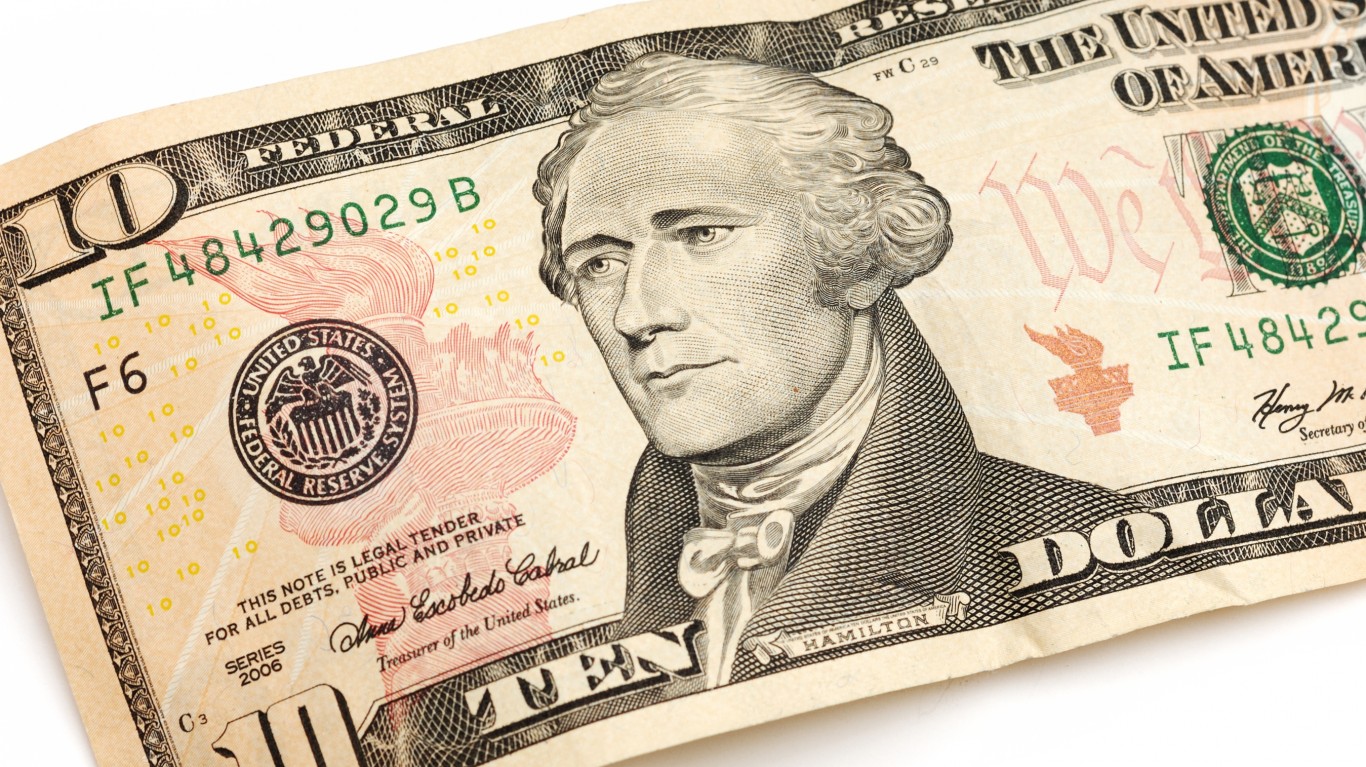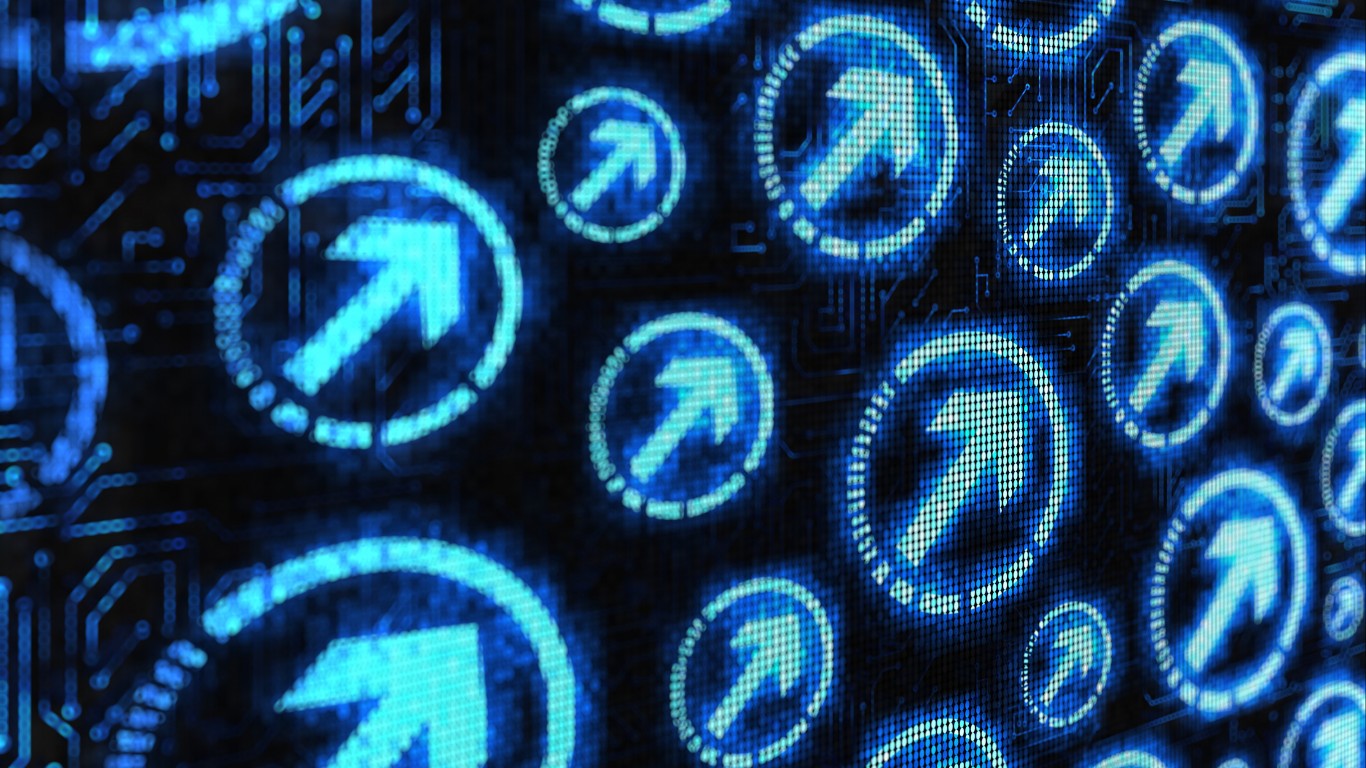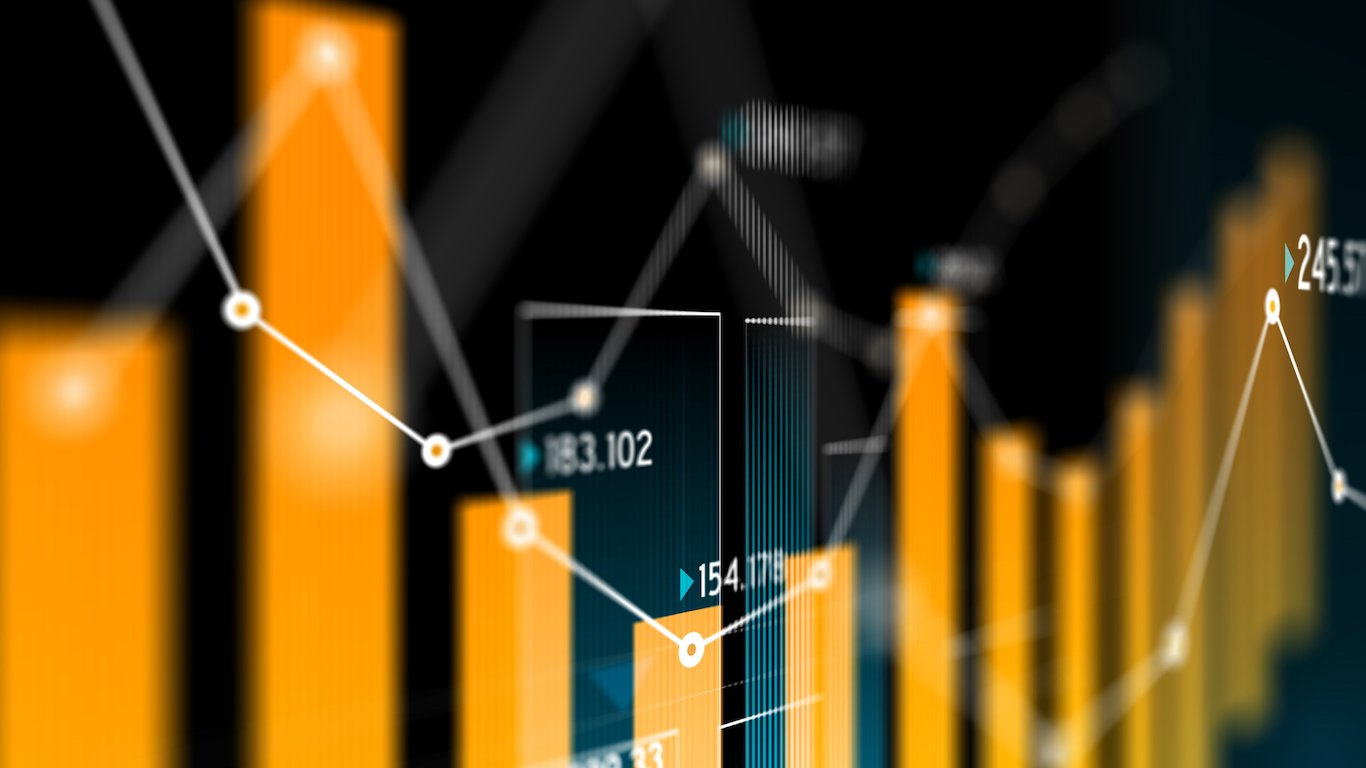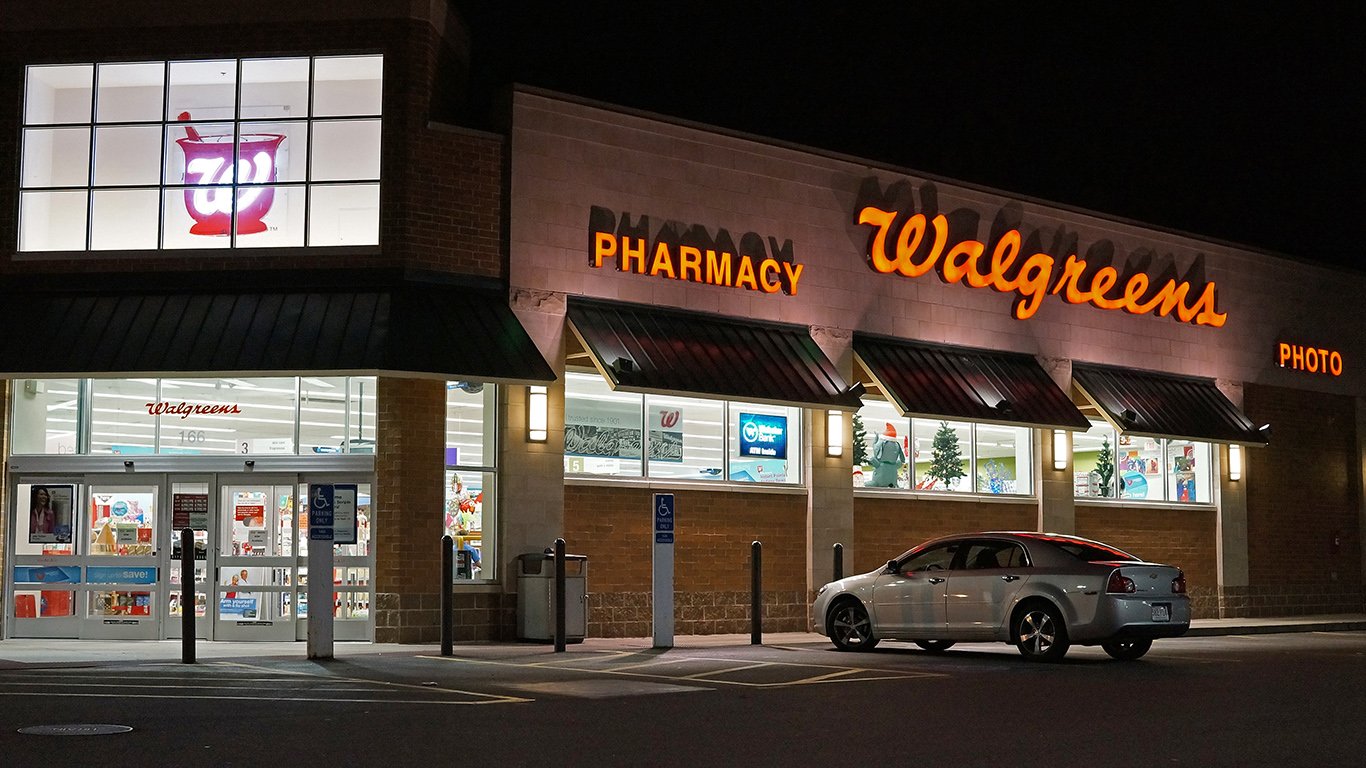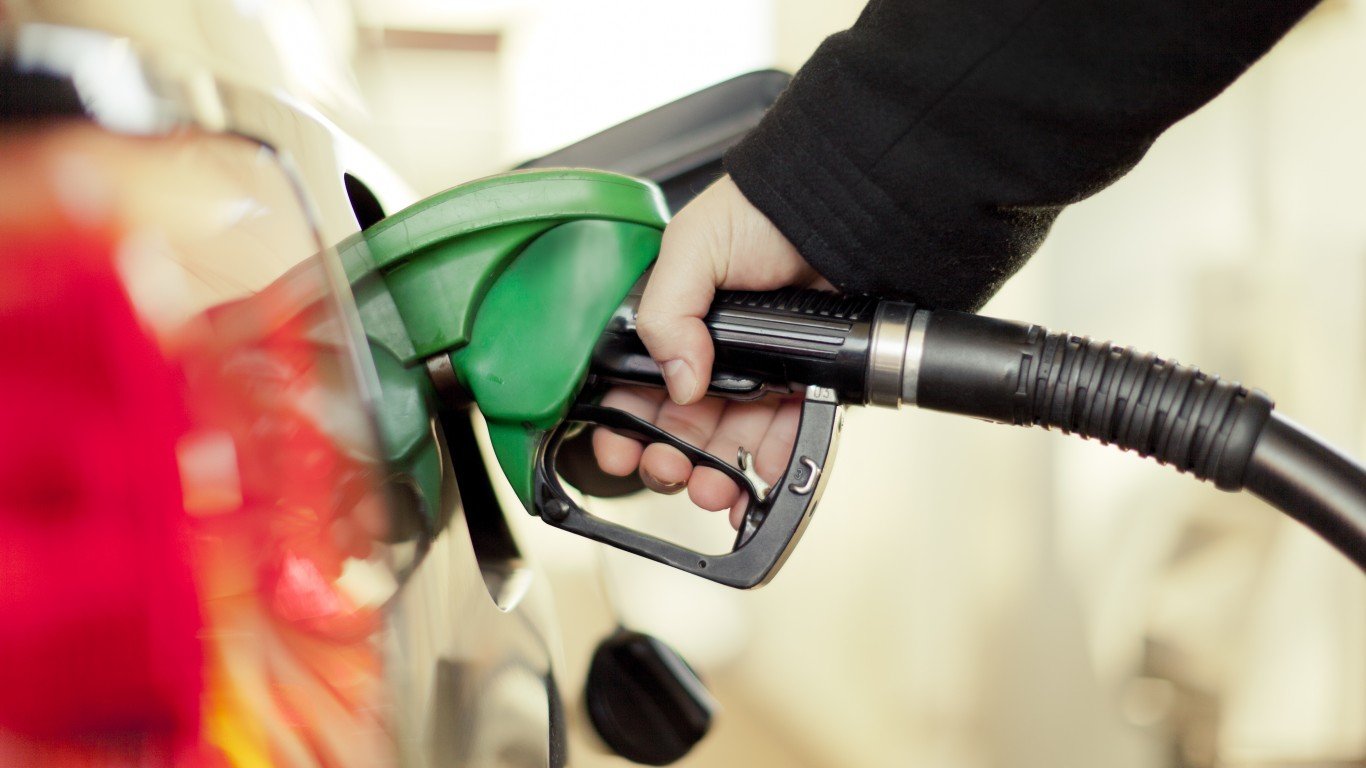

Just when it seemed inflation had gone away, the producer price index (PPI) rose more than expected in February, up 0.6% month over month. The unexpected jump pushed interest rates higher and knocked down stock prices. It also added to speculation that the Federal Reserve will keep interest rates high; there has been a good deal of speculation that the Fed would cut rates because inflation has been low for several months, measured by both the consumer price index and the PPI.
The energy component of the PPI rose a very sharp 4.4%. Oil and gasoline prices were the primary reasons. Gas prices have increased recently. The price for a gallon of regular rose about $0.20 last month to approximately $3.40. Gas prices are an essential part of how Americans experience inflation. They are hit in the pocketbook when they commute, take children to school and sports, and travel longer distances for leisure. A tank of gas can easily cost $50. (See which new SUVs are the most fuel-efficient.)
Oil prices also rose, which can affect items like home heating oil. Crude has risen from $72 a barrel at the start of the year to $78 recently.
Interest rates are among the costs that have hampered American optimism. Energy prices can affect the Fed, and the Fed can affect mortgage rates and rates on car loans and credit cards. Blame energy for a high cost of living.
Sponsored: Find a Qualified Financial Advisor
Finding a qualified financial advisor doesn’t have to be hard. SmartAsset’s free tool matches you with up to 3 fiduciary financial advisors in your area in 5 minutes. Each advisor has been vetted by SmartAsset and is held to a fiduciary standard to act in your best interests. If you’re ready to be matched with local advisors that can help you achieve your financial goals, get started now.
Thank you for reading! Have some feedback for us?
Contact the 24/7 Wall St. editorial team.
